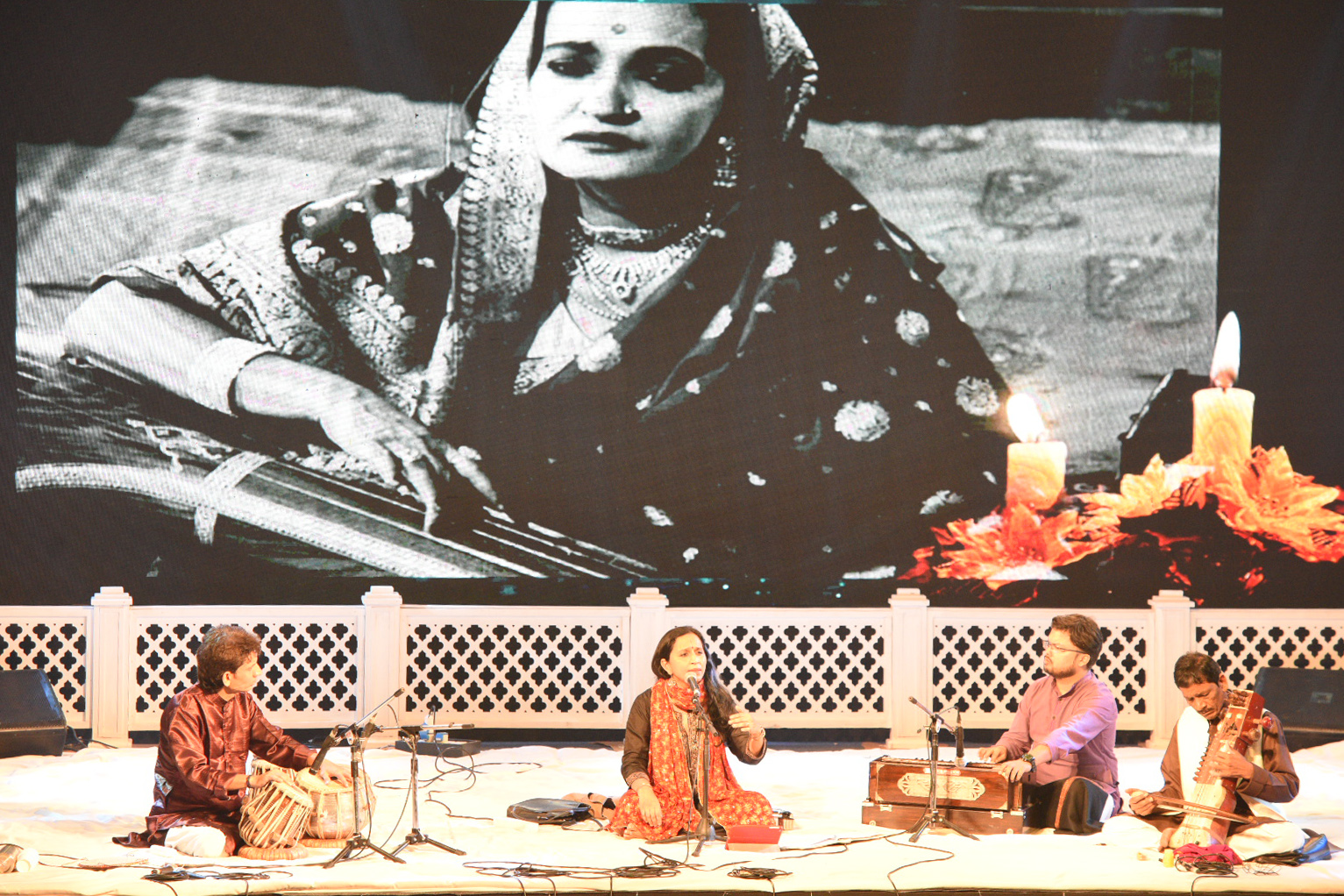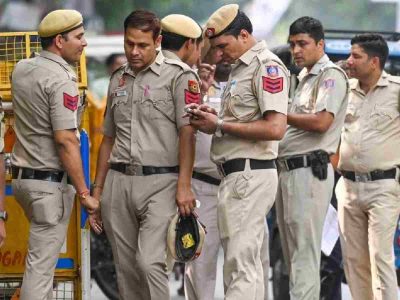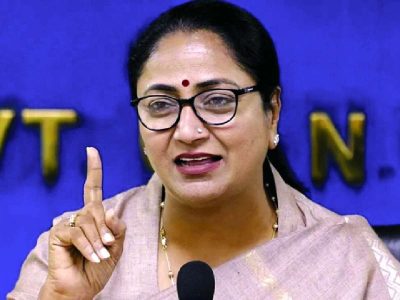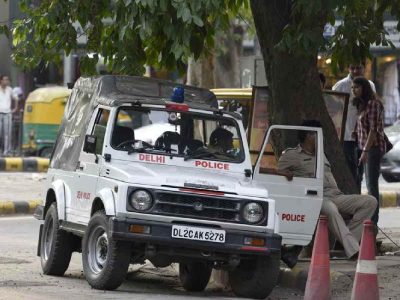The winter was setting in a little bit early on Delhi in 1974 as the days were becoming shorter and colder.
However, on that mid-October day (15th to be precise), the mood inside the 1956-built Vigyan Bhawan was warm and electric.
The main auditorium was packed to capacity by around 8 pm even though Begum Akhtar, the cynosure of all eyes, was yet to show up.
Soon there was an announcement that the Malika-e-Ghazal (Queen of Ghazals) has left Nirula’s Hotel in Connaught Place, where she stayed during her visits to Delhi, and was on her way to Vigyan Bhawan, venue of the concert.
The restless audience became delirious as the singer appeared on stage a couple of minutes after the announcement.
Looking elegant in a saree, dazzling gold nose pin and rings on her fingers, Begum Akhtar welcomed the guests in chaste Urdu with a smile on her glowing face.
As her musicians started playing tabla and harmonium, she began the concert with a very famous ghazal — Aap kahte the ki rone se na badlenge naseeb; umr bhar aap ki is baat ne rone na diya …’
That set the tone for a grand evening.
The ghazal-loving crowd swooned over her melodious voice full of pain and pathos as the sounds of ‘Waah… Waah’ reverberated in the auditorium.
Begum Akhtar then sang the immortal ghazal of Shakeel Badayuni: ‘Yoon to har shaam ummidon mein guzar jaati hai, aaj kuch baat hai jo shaam pe rona aaya’.
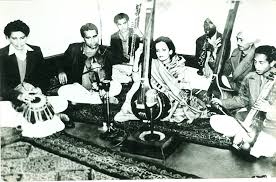
She was in full flow and everyone enjoyed every moment of the mind-blowing experience.
Surinder Nayar, 83, was also there with his friends that evening at the Vigyan Bhawan.
“She was looking beautiful and her melodious voice floored everyone. It was an evening to remember,” recalls Nayar.
As if that was not enough, Begum Akhtar then rendered her voice to the famous ghazal ‘Mere Humnafas mere Humnava, mujhe dost banke daghaa ne de…’ She took time to complete it, leaving the audience in a trance.
When she completed that ghazal, it was already 1.30 am.
But nobody was in a hurry to leave the venue. The final offering of the unforgettable evening was another masterpiece — Ye na thee hamari qismat ke visal-e-yaar hota.
Naturally, the lovers of both Begum Akhtar and her golden voice could have asked for more. She was in total command and in full elements when she sang her final offering of the mehfil.
“I still remember that Vigyan Bhawan was packed even when she was singing her last ghazal of the concert. People had gone mad. It was an unimaginable show,” reminisces Nayar.
The mehfil ended after 2.20 am. When the crowd came out of Vigyan Bhawan fully satisfied with the performance of Begum Akhtar, it was pitch-dark.
The roads were empty. It was a different and quieter Delhi. Back then, there would be no public transport available at that hour; personal cars were very few, forcing some people to go home on foot.
The concert was well covered by the media.
But within two weeks of that memorable Vigyan Bhawan concert, perhaps her last big concert, Begum Akhtar died suddenly on October 30, 1974.
She was barely 60 when she passed away.
The news of her untimely death shocked millions of her fans.
Music connoisseur Amarjit Singh Kohli had attended many of her concerts and even organised some of them in Delhi.
He has fond memories of the singer, whom everyone used to call Ammi (mother).
“I used to live at 25/34, East Patel Nagar from 1966 onwards and my neighbour was one Harish Bhardwaj, the biggest organiser of film shows in Delhi. These shows were held under the aegis of his society, ‘Rang Tarang’,” recalls Kohli.
“Even though I was very young then, I had already started organising dramas and shows. I got directly associated with a stage show of Begum Akhtar in 1967 when I was just 25. Impressed by my organisational skills, Harish ji involved me in his own shows and entrusted me with various responsibilities in concerts of Begum Akhtar. Later, we started organising Begum Akhtar shows on her birthday on October 7 at Aiwan-e-Ghalib, Mavlankar Auditorium and later at Janpath Hotel.”
Kohli vividly remembers a concert at Janpath Hotel.
“It was special because the hotel organised the mehfil with gadda and takiya (mattresses and pillows). The guests sat there till 3 am when it ended. I have organised a number of ghazal programmes on her death anniversary where young singers like Jaspinder Narula and Roshan Jameel have performed,” informs Kohli.
Those who were lucky to attend her concerts still remember Begum Akhtar’s smile during her performances.
“Her endearing smile was so infectious. She always gladly accepted the requests of her fans when they asked her to sing a particular ghazal,” says Satish Wahal, who had attended a concert each at Sapru House and Oberoi Intercontinental Hotel in early 1970s with his parents.
She was mostly asked to sing Ye na thi hamari qismat ki visal-e-yar hota…, penned by Mirza Ghalib.
“She used to oblige gladly without fail.”
Begum Akhtar was a classical singer by training and heart, and decided to give up the film world to pursue a career in recordings and public stage shows in 1942.
It is said that before her, the ghazal, thumri and dadra concerts used to be held in private gatherings, that is, the houses of rich people. Begum Akhtar was the first to break the glass ceiling and perform for general public. She gave dignity to this genre of music. Soon she became a household name due to her recordings and stage shows.
Begum Akhtar also performed in Pakistan, Afghanistan and the then Soviet Union. By the time of her death, she had become a national symbol.
It is said that the salad days of her career as a ghazal singer lasted for over a decade, from the early 1960s till her death.
The singer toured regularly, singing in the newly-established concert halls of major cities of the country. She was always accompanied by a host of her female students, including Shanti Hiranand, Anjali Banerjee and Rita Ganguly, who were devoted to her more as her daughters than students.
Begum Akhtar loved to perform in Delhi. Apart from the concerts in big halls and hotels of the national capital, she used to perform in private mehfils too.

Old timers say that Begum Akhtar had sung a number of times in private mehfils of Lala Charat Ram of DCM group and businessman Sagar Suri, who built Delhi’s first luxury apartments — Sagar Apartments at Tilak Marg.
For concerts organised by Suri, his bosom friend from Bollywood, Dilip Kumar and his wife Saira Bano, would fly to Delhi. Suri was the elder brother of Lalit Suri, the owner of Lalit Hotel.
Surely, memories of Begum Akhtar’s concerts cannot fade away from the minds of all those who attended them.
Even half a century after her death, they remember her voice and concerts. She wasn’t a classic beauty, but her charm made her adorable.
The way Begum Akhtar smiled while singing a ghazal with a twinkle in her eyes assured each of her listeners that she was singing just for them.

